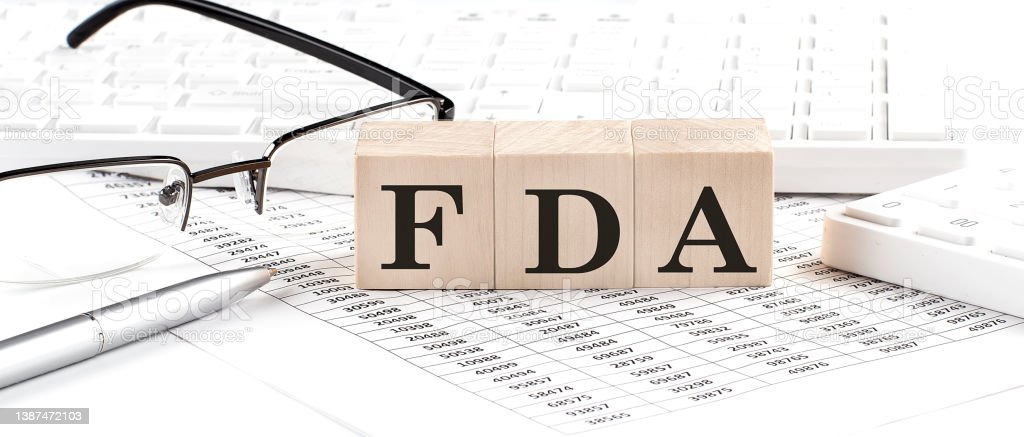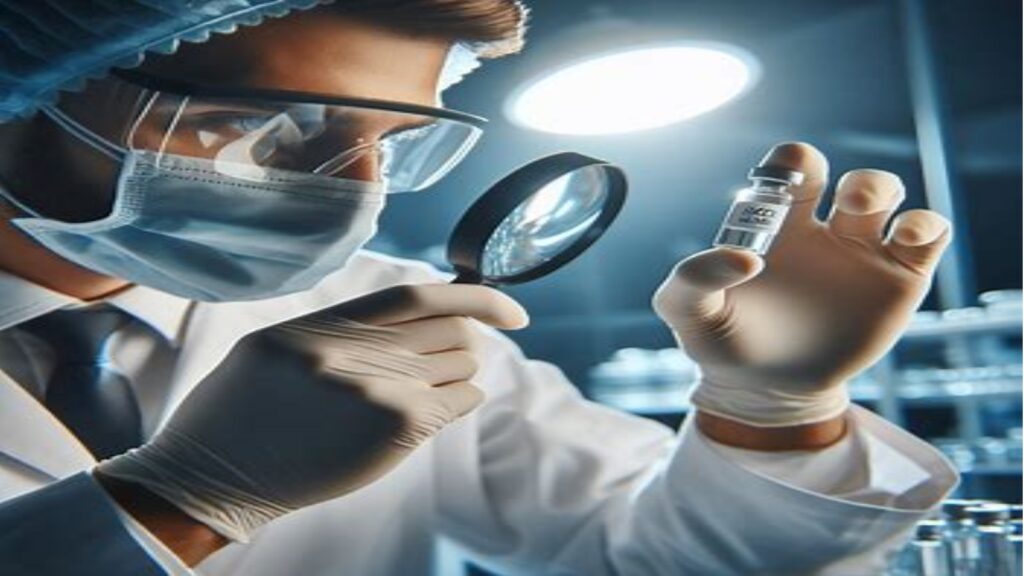1. Purpose
The purpose of this Standard Operating Procedure (SOP) is to outline the steps and guidelines for maintaining and controlling temperature and humidity levels in [specific area or equipment, e.g., laboratory, storage facility, manufacturing area]. This ensures optimal environmental conditions for [specific items or activities, e.g., sensitive materials, experiments, production processes].
2. Scope
This SOP applies to all personnel involved in the monitoring, maintenance, and control of temperature and humidity within [specific area]. It includes guidelines for regular monitoring, corrective actions, and documentation.
3. Responsibilities
- Facility Manager: Ensure overall compliance with this SOP and adequate resources for temperature and humidity control.
- Maintenance Staff: Perform regular checks, maintenance, and calibration of equipment.
- Quality Control Personnel: Monitor temperature and humidity levels, document readings, and report deviations.
- All Staff: Adhere to the guidelines outlined in this SOP and report any irregularities.
4. Definitions
- Temperature: The degree of heat present in the area, measured in Celsius (°C) or Fahrenheit (°F).
- Humidity: The amount of water vapor in the air, expressed as a percentage (relative humidity).
5. Equipment and Materials
- Thermometers (digital or analog)
- Hygrometers (digital or analog)
- Humidifiers and dehumidifiers
- HVAC systems
- Calibration tools
- Monitoring logs or electronic tracking systems
6. Procedures
6.1 Installation and Setup
- Select and Install Equipment: Choose appropriate temperature and humidity control devices based on the specific needs of the area.
- Placement: Install thermometers and hygrometers at strategic locations to get accurate readings. Avoid placing them near heat sources or windows.
- Calibrate Equipment: Calibrate all monitoring equipment before initial use and at regular intervals thereafter, as per manufacturer instructions.
6.2 Monitoring and Recording
- Regular Monitoring: Record temperature and humidity readings at least twice daily (morning and evening) or as per specific requirements.
- Log Readings: Enter readings into monitoring logs or electronic systems promptly. Ensure accuracy and consistency in documentation.
- Review Trends: Periodically review recorded data to identify trends or fluctuations that may indicate potential issues.
6.3 Maintenance and Calibration
- Routine Maintenance: Conduct regular maintenance of HVAC systems, humidifiers, and dehumidifiers as per manufacturer guidelines.
- Scheduled Calibration: Calibrate thermometers and hygrometers at regular intervals to ensure accuracy. Document calibration dates and results.
- Equipment Inspection: Inspect control equipment monthly for any signs of wear or malfunction. Replace faulty devices promptly.
6.4 Corrective Actions
- Identify Deviations: Immediately address any readings that fall outside the acceptable range. Refer to predefined acceptable ranges for temperature and humidity.
- Implement Corrections: Adjust HVAC settings, use portable humidifiers/dehumidifiers, or take other corrective measures to bring conditions back within acceptable limits.
- Document Actions: Record all deviations and corrective actions taken in the monitoring logs. Include dates, times, and personnel involved.
6.5 Emergency Procedures
- Immediate Response: In case of significant deviations, take immediate steps to mitigate the impact, such as relocating sensitive materials to a controlled environment.
- Notification: Inform the Facility Manager and Quality Control Personnel of the situation and actions taken.
- Incident Report: Complete an incident report detailing the deviation, corrective actions, and preventative measures to avoid future occurrences.
7. Documentation and Records
- Maintain temperature and humidity logs, calibration records, maintenance logs, and incident reports for a minimum of [specify period, e.g., 2 years].
- Ensure all documentation is accurate, up-to-date, and readily accessible for audits or inspections.
8. Training
- Conduct initial and periodic training sessions for all relevant personnel on the procedures and importance of temperature and humidity control.
- Document attendance and topics covered in training sessions.
9. Review and Revision
- This SOP should be reviewed annually or as needed to ensure it remains current and effective.
- Revisions should be documented, and all relevant personnel should be informed of any changes.
10. References
- Manufacturer’s guidelines for equipment
- Industry standards and regulations
- Internal policies and procedures
11. Approval
This SOP has been reviewed and approved by the following individuals:
- [Name], Facility Manager
- [Name], Quality Control Manager
- [Name], Compliance Officer
- For more articles, Kindly Click here.
- For pharmaceutical jobs, follow us on LinkedIn
- For Editable SOPs in word format contact us on info@pharmaceuticalcarrier.com
- For more information kindly follow us on pharmaguidelines.co.uk











